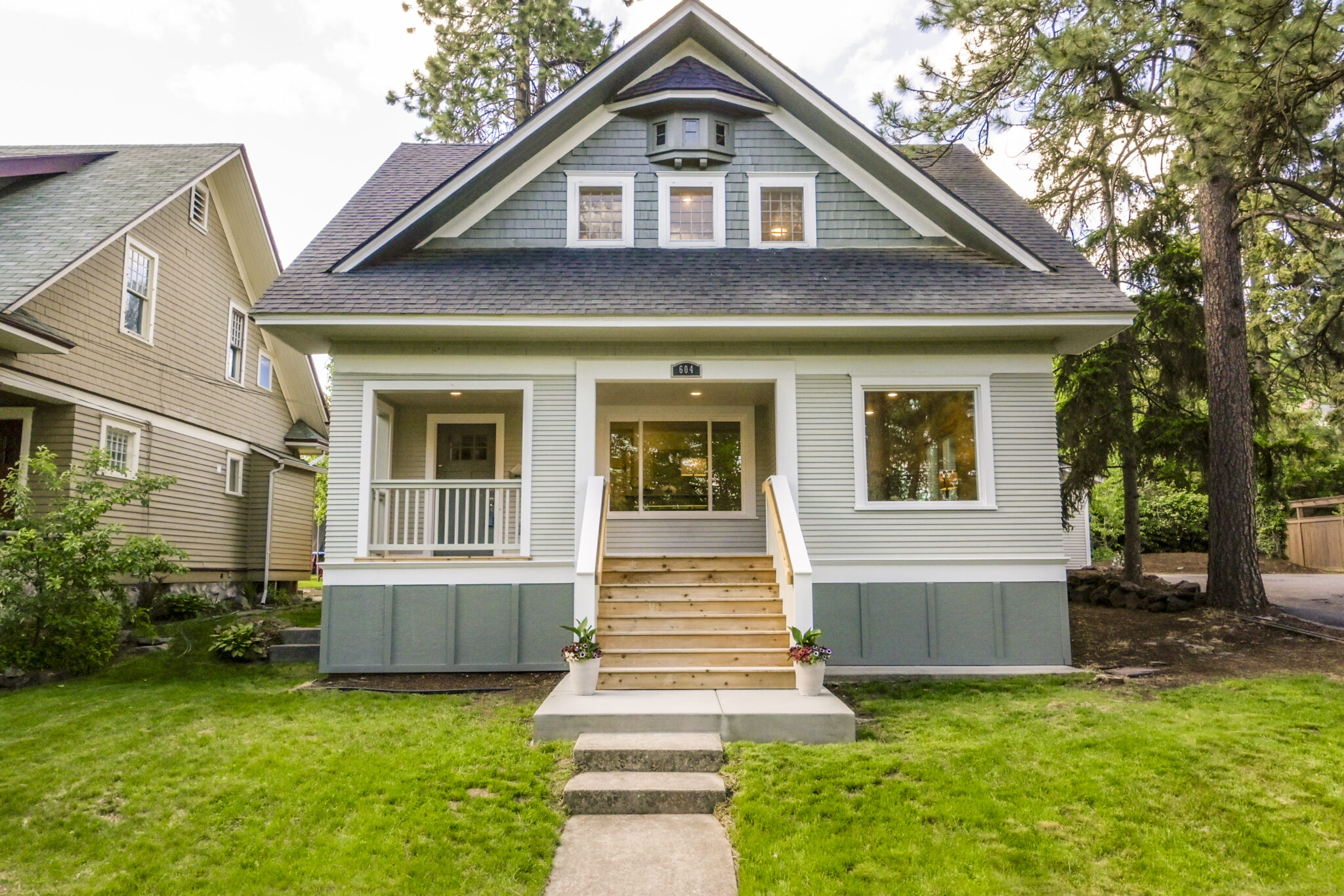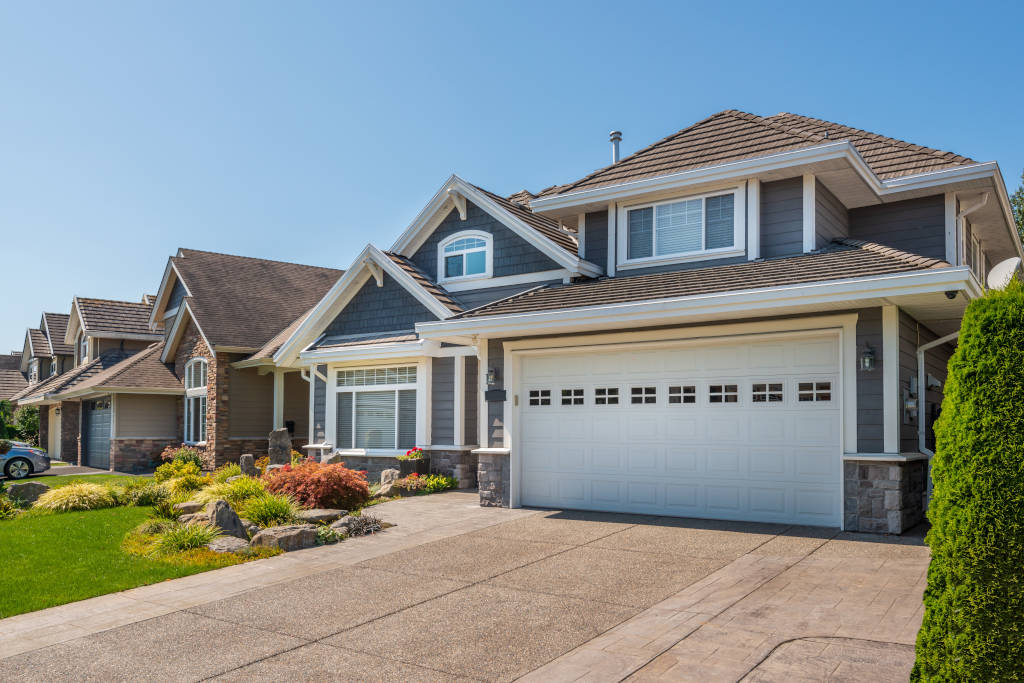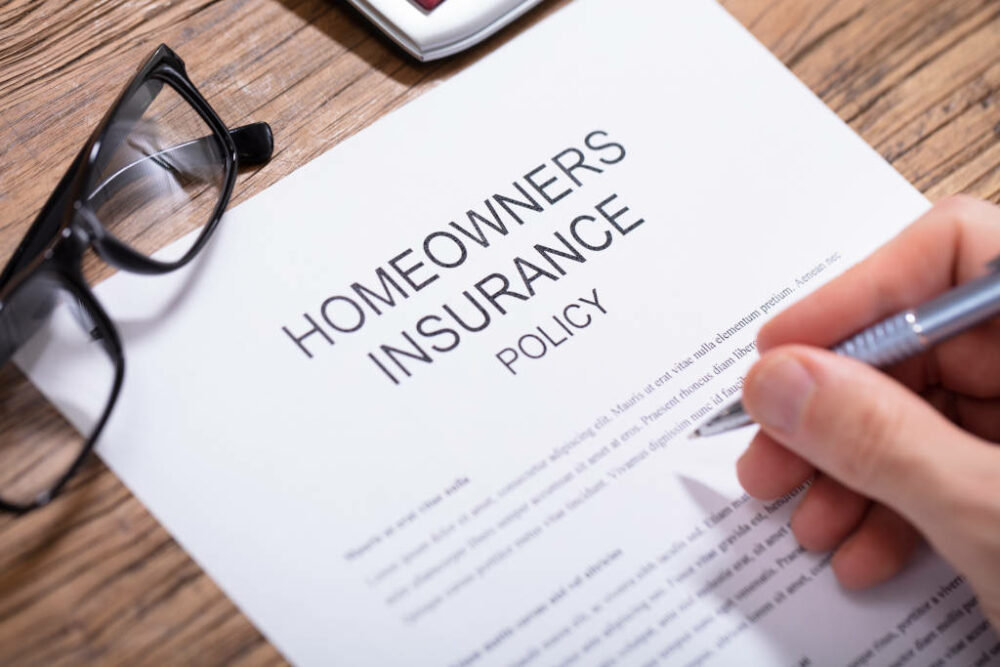Homeowners insurance seems simple enough at first. It protects your house in the event of damage that a random disaster causes. But not all insurers will reimburse you in the same way. How they do depends on the level of coverage that you choose. You should understand each level so you have the proper amount of protection.
There are typically three levels of homeowners insurance coverage:
- Replacement cost
- Actual cash value (ACV)
- Guaranteed or extended replacement cost
The one you choose dictates how your insurance provider reimburses you for any damages your policy covers. In other words, it helps your provider figure out how much money to give you suffer a loss.
In this article we cover:
- Replacement cost
- Actual cash value (ACV)
- Guaranteed replacement cost
- Which one should you choose?
- Endorsements add extra protection
- Frequently asked questions
Replacement Cost
One of the levels of protection you can receive in your policy is replacement cost. Of the three levels, it’s the most common option. It means that your insurance provider will pay you an amount equal to the value of your lost items and home. There’s no deduction for depreciation in this case. The only amount you have to pay is your deductible.
Replacement cost is typically an option for your home and personal belongings. Here’s how it works:
Home or Dwelling
It’s standard for replacement cost to cover the physical structure of your house. It’ll help restore your house using comparable building materials. This can help bring you peace of mind if a disaster destroys it.
It’s a good idea to know how much it’ll cost to replace your house. This includes keeping track of any improvements or updates. Doing so will ensure that your carrier will rebuild your house the way it was before. It’s also possible that the current limits of your homeowners insurance policy won’t cover the replacement cost. Keeping track of building, construction, and reconstruction costs will help you know if you need to increase your limits.
Personal Belongings
Replacement cost should also include your personal belongings. This means that your insurer compensates you for possessions destroyed in a disaster. You should regularly take inventory of what’s in your home, including the price of each item. This way, your insurance provider will know how much it’ll take to replace your property, if necessary.
Actual Cash Value (ACV)
Actual cash value is another way that your insurer can reimburse you. With this coverage level, your homeowners insurance provider will pay the amount you need to replace your house and property, minus any depreciation. Depreciation is the loss of value of an object or asset. This means you may not get what you originally paid for the item.
Insurers consider age, wear and tear, and “obsolescence” when calculating the depreciation of an object. Because you don’t receive the full replacement cost of the item, it might be hard to get it back. You may end up taking a loss on the item or house if you try to replace it.
Guaranteed Replacement Cost
Guaranteed replacement cost offers you the most protection of the three options. It’s the same as replacement cost, except that it’ll restore your house regardless of your limits. This means you have no risk of paying anything more than the homeowners deductible out of pocket.
Per the Insurance Information Institute (III), building costs in your area could rise at any time. Guaranteed replacement cost ensures that you won’t have to pay for any increase in material prices or building expenses. Though, the III says that the type of reimbursement won’t cover any upgrades to get your home up to code.
Not all companies offer this coverage but some insurance carriers offer what they call “extended replacement” as an alternative. This is where your provider will add an extra layer of protection over your limits. Adding this will protect you even more so you don’t have to pay for any rebuilding expenses yourself.
Which One Should You Choose?
How you want your homeowners insurance carrier to reimburse you is an important decision. So, which one should you choose? A good rule of thumb is to try and get as much protection as you need. But this comes at a higher price. Guaranteed replacement cost offers you the most protection, but your premiums will reflect that.
Replacement cost is the most popular option. This is because it makes sure that you’ll receive enough to restore your property, no matter the age. For example, if a storm wrecks your 15-year-old deck, your insurer will pay you enough to rebuild it. On the other hand, actual cash value would only give you what the deck is worth today. This could leave you paying a lot of your own money to reconstruct it.
Actual cash value is an option for those who want lower rates. Just remember that this puts you at risk of losing your items unless you want to buy with your hard-earned money. Replacement cost is probably the best deal if you want to ensure you don’t lose your property the way it was.
Endorsements Add Extra Protection
In some cases, regular replacement cost won’t be enough to completely rebuild your house. The guaranteed version might be an option in your state. But what if it isn’t? Homeowners insurance endorsements can add an extra level of protection.
An endorsement is a policy add-on that goes beyond your current home insurance limits. They can help protect you from a random rise in building costs in your area. Or they can help insure valuable and expensive objects that you own, such as jewelry or art. Scheduled property endorsements are a common type that’ll cover expensive personal belongings.
You should keep track of how much it’ll cost to rebuild your house or repurchase your personal belongings. A good way to keep track of your belongings is to keep a written inventory checklist. This way you can know whether you’ll need to raise your limits, get a homeowners endorsement, or try to get guaranteed replacement cost. Doing any of those three can help you avoid unnecessary roadblocks when you’re getting coverage.
Frequently Asked Questions
Is replacement cost or actual cash value better?
Replacement cost offers more coverage than actual cash value (ACV). It’ll give you an amount equal to the cost of replacing your house or personal belongings. ACV will only give you the amount to rebuild your property while deducting the depreciation. Depending on the item, depreciation could deduct a large amount of cash.
While actual cash value provides fewer benefits to you, it costs significantly less. So, it’s a good option for people trying to make their home insurance more affordable. But replacement cost gives you the most benefits. Because of this, it’s by far the most popular option for homeowners.
Is dwelling coverage the same as replacement cost?
The two are quite different. Replacement cost refers to your provider giving you enough money to rebuild your home back to its current state. Dwelling insurance refers broadly to your insurer’s protection of your house’s physical structure. Only perils listed on your policy are part of this coverage.
However, dwelling coverage is part of replacement cost because it pays for the rebuilding of your house and possibly other structures on the property. Personal belongings are also part of it. It’ll return any items that you lose from a random disaster that your homeowners insurance covers.
What if replacement cost isn’t enough to rebuild my house?
Sometimes, your homeowners policy limits aren’t high enough to cover costs of a rebuild. In this case, you’d end up paying for some of it on your own. But you can take precautions to ensure you don’t have to pay more than your deductible. Home insurance endorsements can help add more protection for you. You can also get guaranteed replacement cost if it’s available in your state. This will guarantee that your insurer will reconstruct your house no matter the cost.
To avoid any risk of going over your limits, you should be aware of how much it’ll cost to repair your house. This will help you know whether you should add extra homeowners protection. Otherwise, you could end up paying for some of the costs out of pocket.


